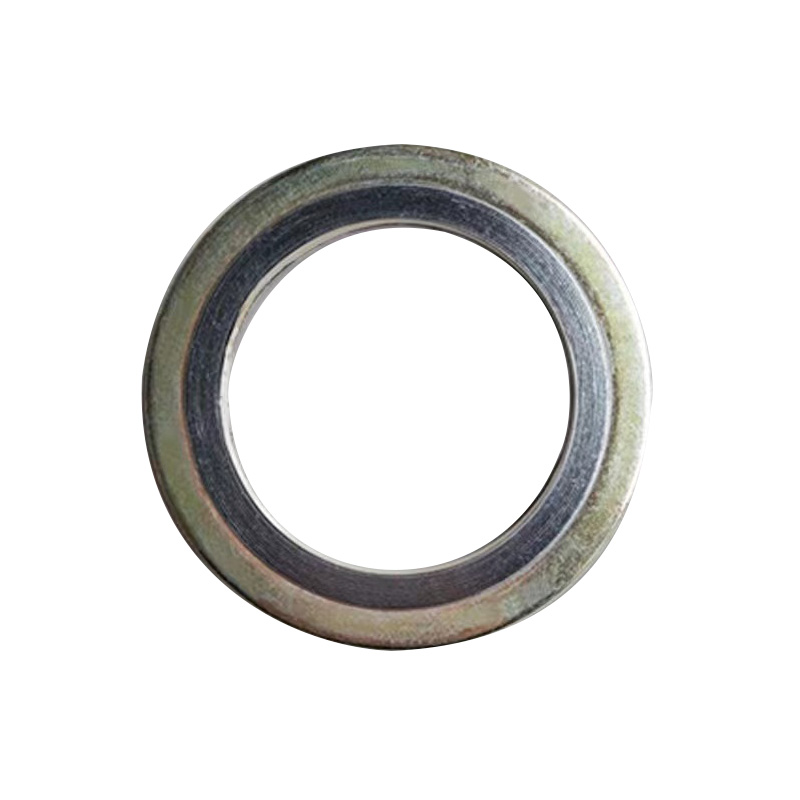Expanded graphite is produced from natural graphite through physical or chemical expansion processes. Its special porous structure imparts numerous excellent properties, making it widely used in environmental protection, healthcare, petroleum, chemicals, military industries, and other sectors, playing a crucial role. Especially as a new type of sealing material, it is increasingly replacing traditional metal sealing materials and toxic asbestos materials in the dynamic and static sealing systems of many equipment. Researchers have shown great interest in studying the structure and performance of sealing components made of this material, and considerable achievements have been made.
This brief introduction covers the structural characteristics, basic properties, preparation methods of expanded graphite materials, as well as the research features of composite materials. It analyzes the sealing mechanism, failure analysis, deformation coordination equations, and new design methods of flange connection systems. It focuses on the ANSYS numerical simulation analysis methods and conclusions of expanded graphite composite gaskets, as well as the structural optimization of gaskets. Based on the experimental research by Gao Zhongbai et al., a simulation analysis of the leakage rate of expanded graphite spiral wound gaskets at room temperature is conducted first. A meshing method specifically for gasket analysis and calculation is cited, and preload units are used to simulate the preload effect of bolts. Several unit types and meshing methods are introduced.
Research shows that the leakage rate of the gasket increases with the internal pressure of the medium and decreases with the increase in bolt preload force. The width of the spiral wound strip has a insignificant impact on its leakage rate. These research results are consistent with experimental results, verifying the reliability of the simulation method. Further simulations of the leakage rate of this gasket at different temperatures were conducted, and the results indicate that the medium temperature has a significant impact on the leakage rate of the gasket structure. As the temperature rises, the leakage rate of the gasket increases significantly. Secondly, this paper presents a numerical analysis of the expanded graphite metal corrugated composite gasket, which is currently of great interest. A two-dimensional modeling method is used to establish the geometric model of the gasket to study the influence of the pitch and number of teeth of the metal skeleton, as well as the thickness of the expanded graphite coating, on the compression and rebound performance of the gasket. The corresponding gasket stress and deformation values under various geometric dimensions are processed in Origin software to obtain the corresponding pressure-closure curves.
Subsequently, these simulated pressure-closure values are incorporated into the gasket material properties of the bolted flange connection structure and simulated according to the previously applied numerical simulation method. The simulation results indicate that the standard flexible graphite metal toothed composite gasket set by the chemical industry standard HG/T 20623-2009 is not the most suitable. When other conditions remain unchanged, with a metal skeleton pitch of 1.2mm and a tooth number of 10, and a coating thickness of 0.5mm, or a metal skeleton pitch of 1.0mm and a tooth number of 12, and a coating thickness of 0.4mm, the designed composite gasket exhibits better sealing performance than the standard gasket. Moreover, the leakage rates of all simulated gaskets remain within the range of 10-3 cm³/s, meeting the leakage rate requirements of the tightness design method. This achieves optimal structural design and provides a correct numerical simulation method for subsequent research on gasket performance, along with some reference data.






